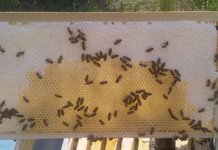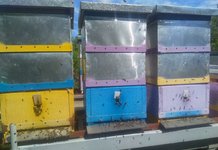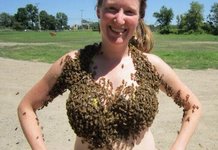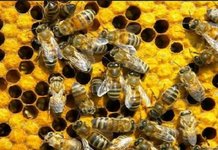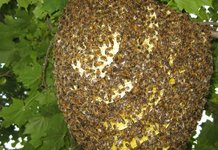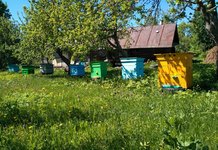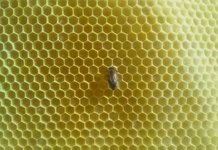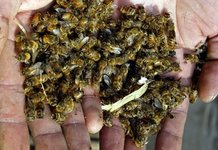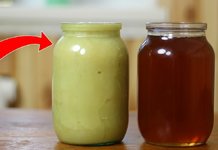
In my practice, I passed many through myself, starting from a tree and ending with a sandwich panel, so I will only share my personal experience and observations.
Why did I refuse wooden hives and how did I replace them?
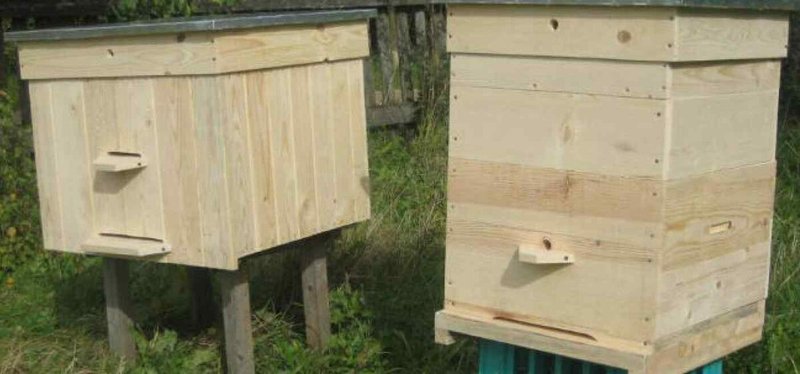
My beekeeping began, as in many, exclusively from wooden beehives. I got the wood cheaply, took it directly from the forester, then spread it on the sawmill. He dried himself.
Of course there were certain labor costs, but the final cost per cube was 5 times lower than the market. The hive turned out to be cheap and durable. And this, perhaps, I can attribute to the merits.
Unfortunately, this is where they ended. Now we turn to the shortcomings, and it turned out that there are many of them, and one of the main ones is weight.
The Route case with a wall thickness of 30 mm weighs 9 kg 600 g. The complete beehive assembly is 49 kg. Now imagine how much a family weighs in, occupying four buildings and drenched in honey.
The weights calculated on 120 kg often were not enough for me. Of course, if you are not a nomadic beekeeper, but stationary, the question of weight is not so critical for you, but still. After all, this is not a lounger, it will not work exclusively on a frame basis.
In the case of a multi-case system, it often happens that you need to lift and put aside the whole body with bee and honey. Every extra kilogram will sooner or later affect your back.
Also flaccid spring development can be attributed to the disadvantages, because the wooden walls are very cold. In addition, the constant presence of moisture in the spring, even though the ventilation is organized correctly. And in order for the wooden case to serve for a long time, it needs periodic repairs and painting, at least once every 3 years.
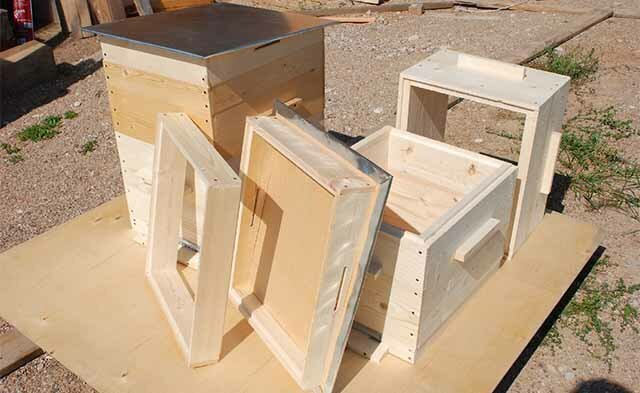
Instead of wood, a light sandwich!
The second version of the buildings with which I dealt, and by the way, they still serve me faithfully, are also home-made. This is a kind of sandwich.
The inner wall is 6 mm plywood, the outer wall is an aluminum printing sheet, and extruded polystyrene foam is used as the internal insulation.
All this is collected in a wooden frame, of course. The cases were light in comparison with wooden ones. The weight of the root is 3 kg 400 g. And due to the aluminum sheet outside in the summer, it is easier for bees to maintain the desired temperature inside.
If in wooden cases in the summer heat beards were observed under the arrival board, then in aluminum they are absent.
In addition to the pluses, I can also include strength and durability. Yes, and the price is relatively inexpensive. Now about the cons, it is only one - this is the complexity of the assembly.
Sandwich panels - even more convenient

And finally, the 3rd option is the shells from the 24 mm sandwich panel. For those who are not familiar with this material I will describe.
Extruded polystyrene foam is also inside, and the inner and outer walls are 0.8 mm plastic.
These cases also need to make a wooden harness above and below. When all the blanks are ready, subsequent assembly is very simple and quick.
The case is very durable and lightweight. The weight of the root is only 2 kg 100 g.The pluses include the fact that it does not need to be painted, because it is plastic, and white, which does not attract the sun's rays.
The case turns out to be warm, wintering and spring development in them is excellent. And most importantly - the price, the case is even cheaper than wooden.
I’ll say right away that I didn’t have a deal with factory buildings that are sold by PPU and PPS, but I have no doubt that these are also warm and durable cases. However, their sky-high price, scares.
In conclusion, I will say that there are no good or bad cases, but there are those that you are comfortable with.


